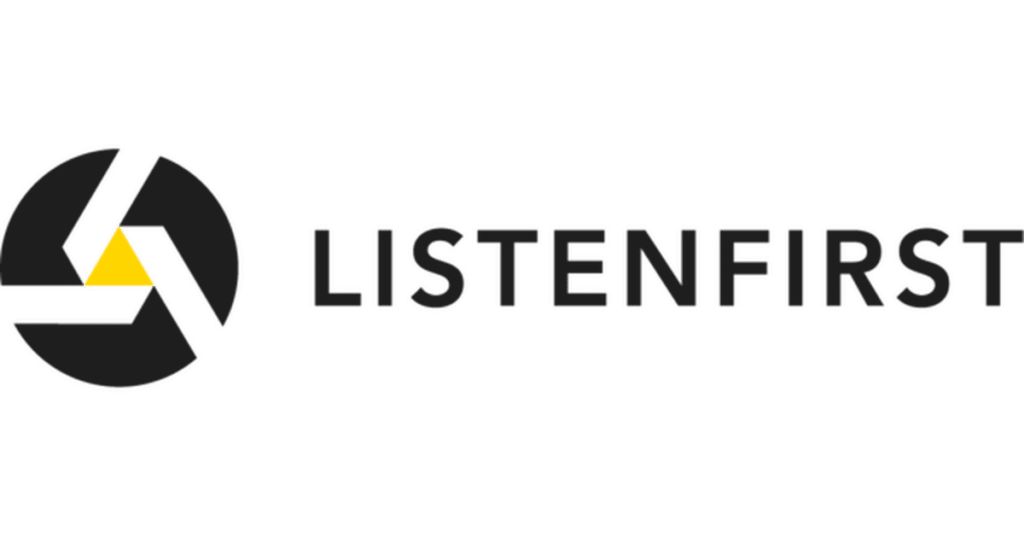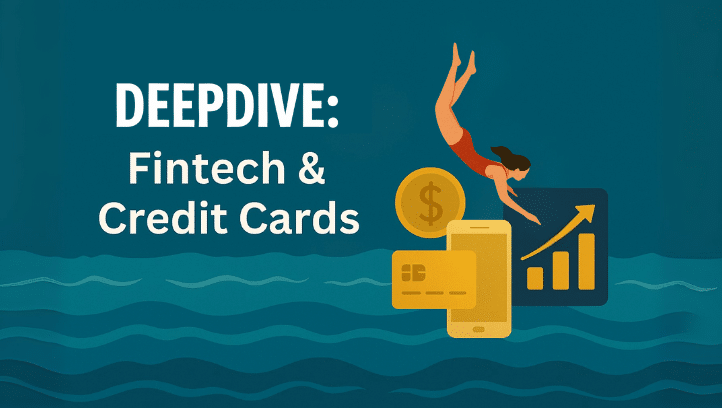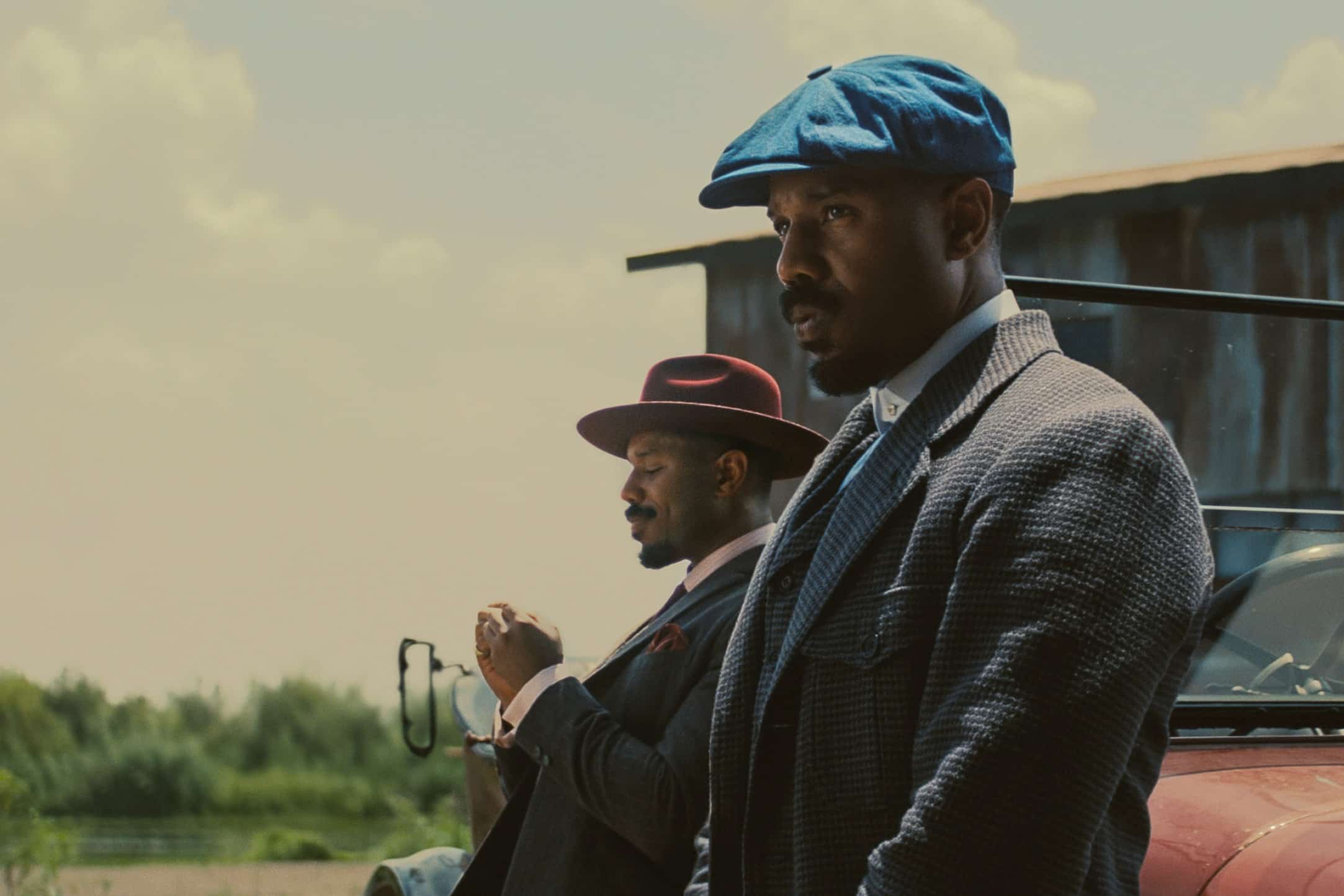This is the third in our series of check ins on how the #StopHateForProfit boycott asking brands to stop advertising on Facebook and Instagram is impacting social media and brand’s relationship to those platforms. In this week’s installment, we share a general update while also specifically focusing on how Twitter is or isn’t being impacted by the boycott of their competitors.
It Appears The Boycott Is Going To Hold Through All Of July
Methodology: Looking at the indexed number of Facebook and Instagram ads brands from the ListenFirst Data Co-op launched between July 1 – 26, 2020 compared to the indexed number of Facebook and Instagram ads brands launched between July 1-26, 2019.
As we head towards the end of July, data from the ListenFirst Data Co-op shows the #StopHateForProfit boycott continues at the same rate of participation. Brands shared -70% less new ads on Facebook and Instagram, comparing July 20-26, 2020 to the same time in 2019. That’s consistent with what we’ve seen looking at the entire month so far with -73% less Facebook and Instagram ads by brands from July 1-26 compared to the same period in 2019.
Will brands return to those platforms in August, when the one month advertising boycott is lifted?
The Spending Freeze Hasn’t Necessarily Benefitted Twitter
Twitter Paid Spend, on the other hand, while down -42%, is down less than Facebook and Instagram. The money brands aren’t spending on Facebook and Instagram hasn’t translated to brands spending more on Twitter ads.
During The Boycott Top Advertisers Posting Less Organically On Twitter
Methodology: Looking at the volume of new posts 485 Top Advertisers posted on Facebook, Twitter, Instagram, YouTube, and Tumblr between July 1-26, 2020 compared to July 1-26, 2019.
While the #StopHateForProfit boycott is centered on Facebook owned companies, in terms of organic posts it’s actually Twitter where brands have proportionally become most hesitant to post. Comparing July 1-26 during 2020 to 2019, the amount of new posts Top Advertiser brands shared on social decreased by -18%. Breaking that down by platform, comparing July 1-26 in 2020 to 2019, the volume of posts Top Advertiser brands posted on Twitter decreased by -24%, with the number of Top Advertiser brands posts decreasing by -18% on Instagram and by -4% on Facebook.
The fact that Top Advertisers are decreasing the amount of posts they are sharing on Twitter more than on Facebook and Instagram speaks to the lack of live events occurring. Twitter is the social platform most used for real-time reaction; and there’s just isn’t that much going on right now to react to. Other than protests, public in-person events have stopped happening entirely; sports are only beginning to start up again, and there’s only so much people can talk about the coronavirus.
Cancel Culture One Topic That Is Being Talked About More On Twitter
Methodology: Looking at the volume of Tweets using either the phrase “Cancel Culture” or the hashtag #CancelCulture between July 2019 through July 27, 2020.
One topic that people have been talking about more on Twitter is Cancel Culture. Since George Floyd died on May 25, sparking an unprecedented level of grass root protesting, there’s been a huge increase in the volume of Tweets discussing Cancel Culture. There were 127,631 Tweets mentioning Cancel Culture in April 2020, which increased to 320,933 Tweets in May, to 1,297,423 Tweets in June, to an amazing 2,299,211 Tweets discussing Cancel Culture so far in July.
It’s important to make the distinction that Twitter conversations about Cancel Culture are often framed around the point of view that Cancel Culture has gone too far, meaning the person posting is advocating for a specific person or thing not to be canceled. Additionally, of course brands like Ben & Jerry’s have received incredible amounts of positive feedback for posting about social justice issues, including defunding the police to great acclaim. Still it’s a trend that brands should be aware of, as they participate in the real-time conversation occurring on Twitter.
Want to learn more about how ListenFirst can help brands understand social media trends around owned, earned and paid content ? Request a Demo Today!



